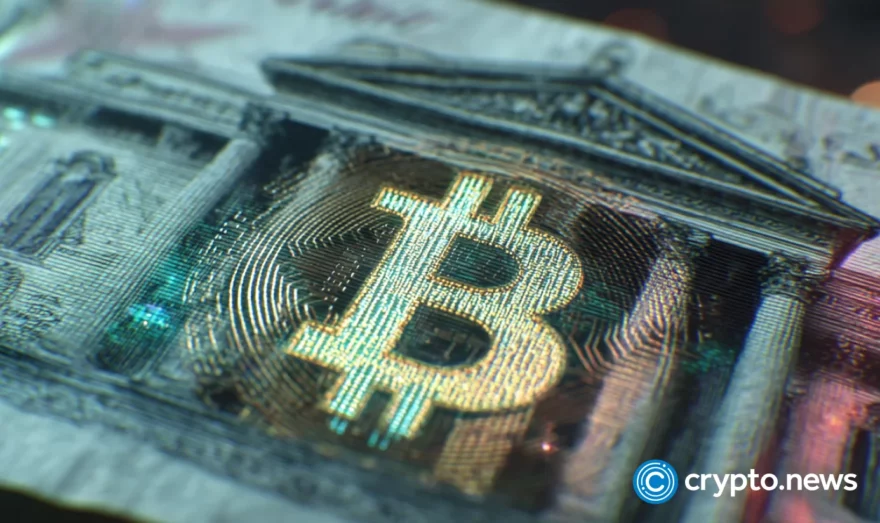Bitcoin Mining Difficulty Has Dropped to 31.36T

The mining difficulty for bitcoin has reduced for the first time in almost two months at a block height of 756,000, dropping to 31.36T. The network’s average hashrate right now is 224.41 EH/s.
Why Did This Happen?
Every fortnight, the bitcoin mining difficulty is automatically adjusted. This helps maintain a roughly 10-minute mining period for new blocks. The target may be a 10-minute block duration, but the mining difficulty cannot be changed to four times the current difficulty level or below. Each difficulty epoch has a maximum change of +300% and a minimum change of -75%. This regulation was implemented to prevent any sudden changes in the difficulty of mining.
The mining difficulty rises further when computing power is appended to the network, and lowers as computing power is withdrawn from the network, as has been the case recently.
As the name suggests, the difficulty of mining for new bitcoin blocks is referred to as bitcoin mining difficulty.
The Bitcoin network uses an algorithm that was hard-coded by Satoshi Nakamoto into the source code since it is entirely decentralized and not controlled by a single central authority. In order to ensure that blocks are discovered at a constant rate, this algorithm constantly modifies the level of difficulty of the mining process in accordance with the number of miners active in the network.
Not the First Time
This is the first time the mining difficulty has decreased four times in a row since four consecutive drops occurred last year, when Chinese miners packed up their equipment due to the country’s ban on bitcoin mining.
The initial decline in hashrate around the middle of June was probably brought on by the sharp decline in the value of BTC,” Mellerud remarked. But the second decline at the start of July was probably brought on by miners turning off their equipment in reaction to increased electricity prices.
Why Mining Difficulty Matters
The 10-minute window for finding new blocks is maintained by the Bitcoin difficulty algorithm to guarantee system stability. Basically, it takes one miner from the entire network about 10 minutes to produce a winning code and obtain the privilege to suggest a new block of bitcoin transactions be added to the blockchain.
The program intervenes and alters the difficulty of mining bitcoin to maintain this frequency. The difficulty of mining bitcoin increases if there is a surge in miners or mining equipment. The protocol lowers the difficulty of finding new blocks if the opposite occurs (i.e., if there is a decrease in the number of miners competing to do so).
The protocol lowers the mining difficulty to make it simpler for the remaining miners to find blocks if the opposite occurs (that is, if there is a decrease in the number of miners competing to find new blocks). By increasing or decreasing the number of zeros at the beginning of the target hash, the bitcoin network’s mining difficulty can be changed.
The designation given to the particular hash (fixed-length code) that all miners are attempting to outperform is the target hash. The winner is determined by generating a random code that has an equal or greater number of zeros at the front than the goal hash first.














